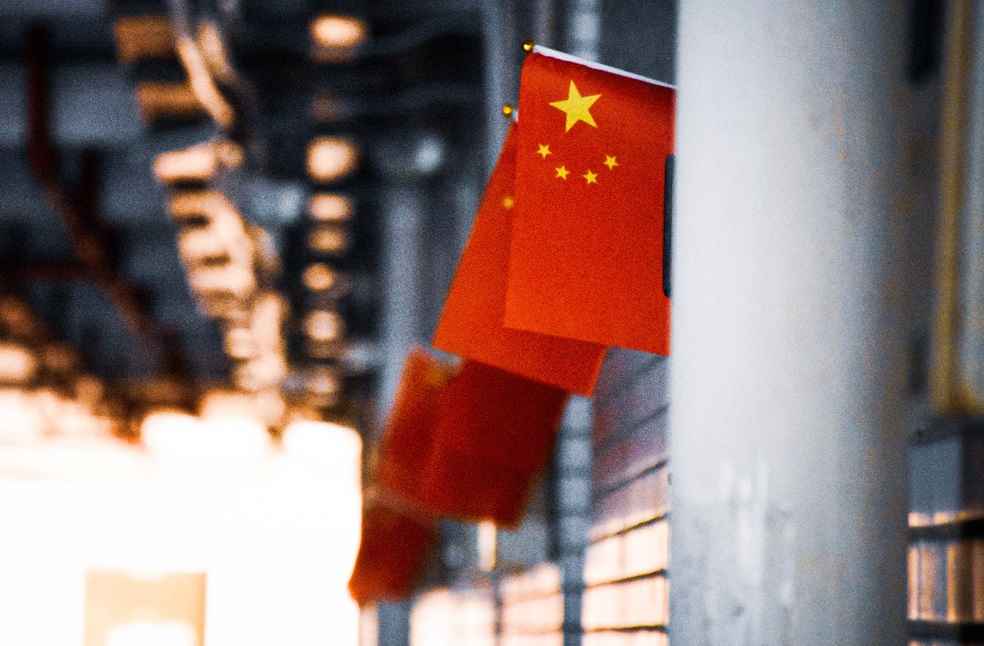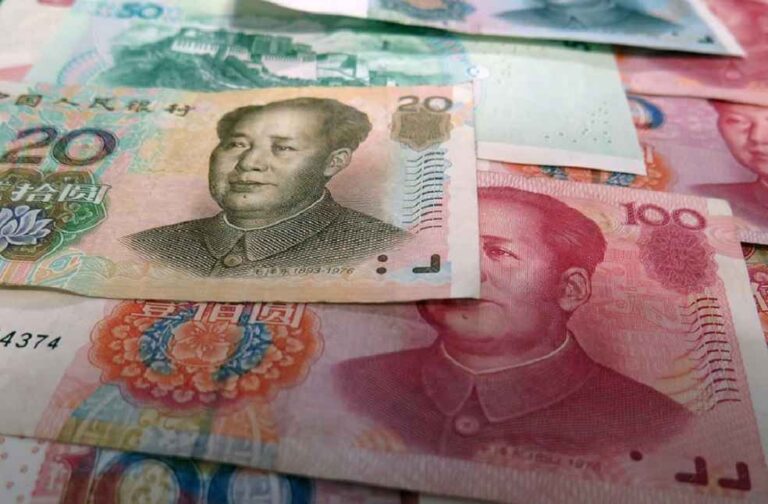Amid rising interest rates from the United States Federal Reserve and the consequential volatility of the US dollar (USD), China’s Yuan or renminbi (RMB) is gaining more global traction. This trend is punctuated by recent critical events, most notably Argentina’s debt repayment to the International Monetary Fund (IMF). Argentina’s decision to utilize RMB for its IMF obligations marks a pioneering instance of this kind, signifying a significant stride in the internationalization of China’s currency.
On June 30, the Argentine Ministry of Economy announced that it had used Special Drawing Rights (SDRs) and RMB to repay a USD 2.7 billion debt to the IMF. Approximately USD 1.7 billion of the payment was made with SDRs, while about USD 1 billion was paid in RMB. Argentina’s government also plans to negotiate further debt repayment arrangements at the IMF headquarters.
The broader use of RMB, whether directly or through SDRs, shows that transactions involving the Chinese currency are starting to take place among third parties and gaining international recognition. If Argentina continues to repay its IMF debt in RMB, this practice could become more common, positioning the RMB as a potential anchor currency.

The Argentine government has been securing RMB through trade and central bank swaps, converting it into USD to repay their dollar-denominated debts. This move is a strategic response to a severe USD shortage and a heavy debt burden. As part of this strategy, Argentina also announced plans in April to use RMB for settling imports from China. Argentine companies, spanning industries from electronics to textiles and oil, have increasingly requested to pay for imports in RMB.
Recent data reveals a substantial increase in RMB transactions in the Argentine currency market. Additionally, the Argentine National Securities Commission has approved the issuance of securities products settled in RMB in the local market, which contributes to the expansion of RMB’s international influence.
Argentina’s use of RMB to indirectly repay its obligations has been strategic and built upon deepening economic and trade ties with China. The People’s Bank of China (PBoC) and the Central Bank of Argentina have recently renewed their bilateral currency swap agreement, and China remains one of Argentina’s key trading partners.

In addition to Argentina, Pakistan has also announced its first payment for imported Russian crude oil in RMB, marking another significant step in third-party RMB settlement for international transactions. These developments are a testament to the benefits and increasing popularity of RMB internationalization.
The expansion of RMB’s role as an “anchor currency” has profound implications for its internationalization, stability of exchange rates, and geopolitical influence. However, experts at ANBOUND highlight potential counter-effects on China’s domestic economy and policies. Notably, using RMB to repay foreign currency debts could deplete China’s foreign exchange reserves, posing a challenge to RMB’s stability.
The increasing offshore transactions involving RMB may reduce the effectiveness of the PBoC’s policies and affect China’s macroeconomic stability. Also, if the use of RMB in trade and investment within China increases, it may lead to inflationary threats to the Chinese economy.

Researchers at ANBOUND believe that while the RMB’s internationalization is making significant progress, there are considerable challenges and risks ahead. They stress that the international use of the RMB should be grounded in actual trade and investment demand, rather than overly ambitious goals.
While Argentina’s use of RMB to repay its IMF debt is a significant step, it’s clear that the journey to the RMB becoming a stable global currency anchor is far from over. As the RMB expands its geopolitical influence, Chinese authorities need to adopt a comprehensive approach to mitigate potential economic and political impacts.
DON’T MISS IT: World Oil Trade Witnessing Historic Shift



